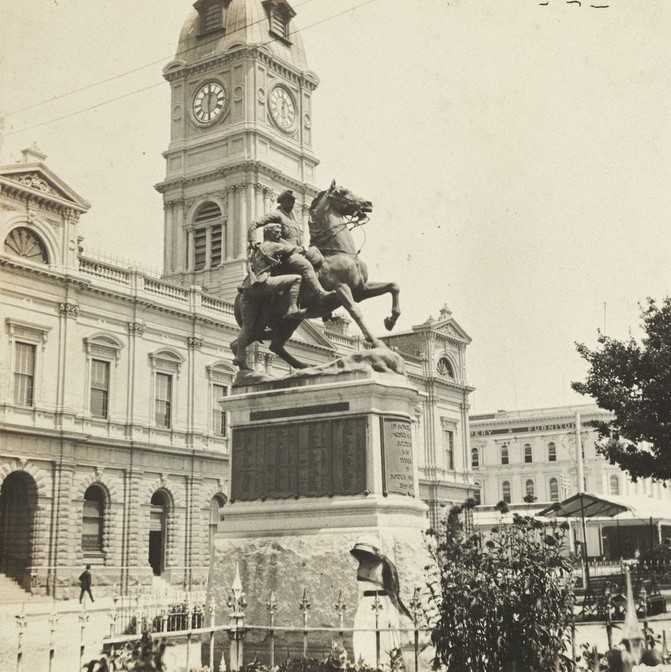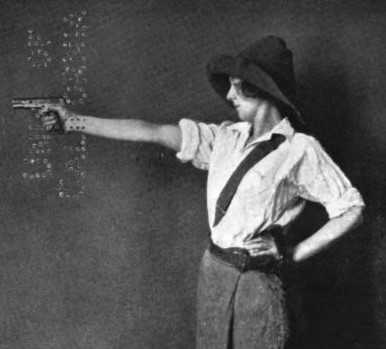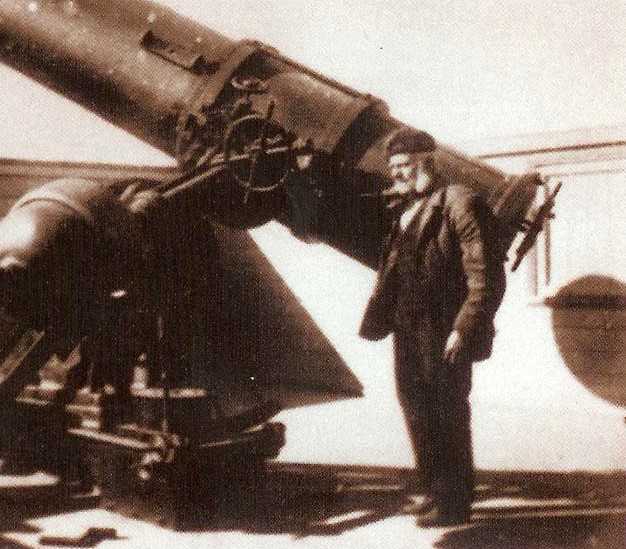James Meek was a nineteenth century Englishman of many varied interests and talents, especially pen drawing. He resided in Ballarat between December 1851 and 1853 and is reputed to have built the first house in Ballarat at the corner of Lydiard and Dana Streets.
His sketches are among some of the earliest representations of life on the Ballarat goldfields. As Joan Luxemburg notes, "…sadly, only two of these sketches survive today. These being one of his house and another being of the Ballarat Police Camp” (1) (pictured).
James McKain Archibald Job Meek was born on the 15th June 1815 in Great Yarmouth, Norfolk, England. His parents were James, an expert sawyer, and Mary-Ann. (2) Little is known of his early years in Norfolk. His family was literate, which suggests he must have had some schooling.The reasons for coming to Australia were never made clear by Meek.(3)
Meek sailed to Australia in 1837 arriving in New South Wales (NSW) in January 1838. Details of his early years in NSW are scarce. What is known is that in June 1841 he married Julia Ann Craig. The marriage produced four children, all of whom survived into adulthood.
In 1847 Meek decided to move his family to Victoria. He left before his family to establish a home before sending for them. He first settled for six months in Wurdy Yalloch before moving to Geelong. His family arrived in March 1848 aboard the ‘Shamrock’ ”. (4) While in Geelong, Meek worked as a fisherman, but the discovery of gold brought he and his family to Ballarat in December 1851.
In his article in The Ballarat Courier, Butters writes, “…in January 1852, Meek sank a fresh hole at the bottom of Golden Point at the junction of two creeks and struck a terrific vein of gold” (5) He did splendidly well with this gold run, but realised he could make more money from the goldfields than just digging. Butters further notes, “he established a store and soda water factory at the corner of Dana and Lydiard Streets, and this was where Meek reputedly built the first house in Ballarat.” (6)
The house was described as being 32 feet long and 22 feet wide, built from slabs and covered in bark. He built the house for the cost of 406 pounds, which was quite a lot of money for those days. Meek claimed that he and his family were the first people to reside on freehold property in Ballarat. (7)
The wealth Meek created during his few years in Ballarat enabled him and his family to move to Port Melbourne, where he established a fleet of three fishing vessels and a café on the wharf. Disaster soon followed when a storm wrecked his fleet and a fire destroyed the café. With his business uninsured, Meek moved his family to Curdies Inlet, near Peterborough in the Otway Ranges, Victoria. Meek enlisted some backers in another fishing company, but this venture failed. (8)
Luxemburg writes, “..following this Meek embraced his talent for miniature writing and design. In 1860 he produced the first in a series of large-scale works.” (9) This led to Meek obtaining an important commission for the Melbourne Public Library.
Butters notes in his Ballarat Courier article, “…this commission produced two works, ‘Atlas of Australia’ 1861 and ‘Historical and Descriptive Atlas of the British colonies 1861’. This latter work was exhibited in the International Exhibition in Melbourne where it was awarded a first-class certificate.” (10) The Ballarat Historian further notes, “…it is this work which is thought to have garnered a commendation from Queen Victoria who declared him to be the best penman in the Australian Colonies.” (11)
In 1874 Meek and his family moved to New Zealand. This was due to his youngest daughter marrying there. The period in New Zealand between 1874-1880 was a very productive time for Meek. It was here he produced his masterwork in 1877, ‘The Chronological Tree of New Zealand History’. (12)
Meek travelled extensively throughout New Zealand, lecturing and selling his work.” (13) His wife, Julia, passed away in New Zealand in 1884. Meek returned to Australia in 1890 and went to live with his eldest daughter, Marianne, and her husband Peter Dullimore at Lake Gillear, near Warrnambool.
Meek, who was in his seventies, returned to Ballarat in 1892, to work as an assistant bookkeeper at The Ballarat Benevolent Home. (14) He continued to produce his pen drawings and write essays while working at the asylum. (15)
In 1899, suffering ill health and poverty, his daughter took him back to her farm at Lake Gillear, shortly before his death on the 9th June 1899. He is buried with the Dallimores at Warrnambool, but the tombstone makes no mention of him. (16)
Examples of his penmanship are held in the Ballarat Gold Museum (17) In 2015 the Art Gallery of Ballarat held an exhibition of his work.’ (18)
Simon Jacks
Australiana Research Librarian
Footnotes
(1) Joan Luxemburg. The inimitable Mr. Meek. Ballarat, Vic. Ballarat Art Gallery. 2015. p.9
(2) Peter Butters. James Meek and Ballarat’s first house in Ballarat Historian. Journal Ballarat Historical Society. Vol. 4 No 9. 1991
(3) Luxemburg, p.9
(4) Ballarat Historian
[(5) Peter Butters, A life of highs and lows, Ballarat Courier April 24, 2004, p.12
(6) Butters. p.12
(7) Ballarat Historian
(8) Butters, p.9
(9) Luxemburg, p. 9
(10) Butters, p.12
(11) Ballarat Historian
(12) Luxemburg, p. 9
(13) Luxemburg, p. 9
(14) Ballarat Historian
(15) Ballarat Historian
(16) Ballarat Historian
(17) Ballarat Historian
(18) Gordon Morrison. forward to ‘The Inimitable Mr. Meek. Ballarat, Vic. Ballarat Art Gallery. 2015. p.7

![Prisons chained to a gum tree, near to the centre of the Government Camp [later the site of the Ballarat Police Station]. Pen and ink drawing by James Meek. Royal Historical Society of Victoria, RHSV ART-0252.002](/sites/default/files/styles/responsive_image_1200/public/media/image/ART-0252.002.jpg?itok=2RGY6McK)



